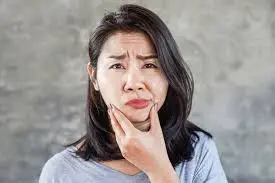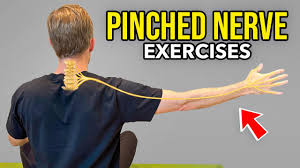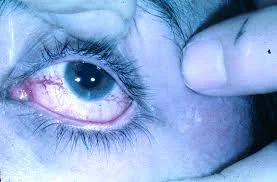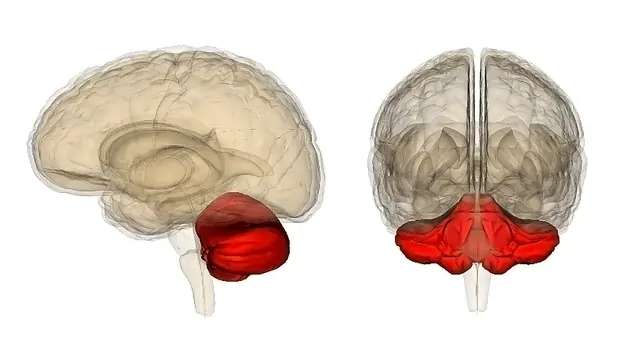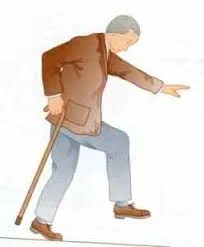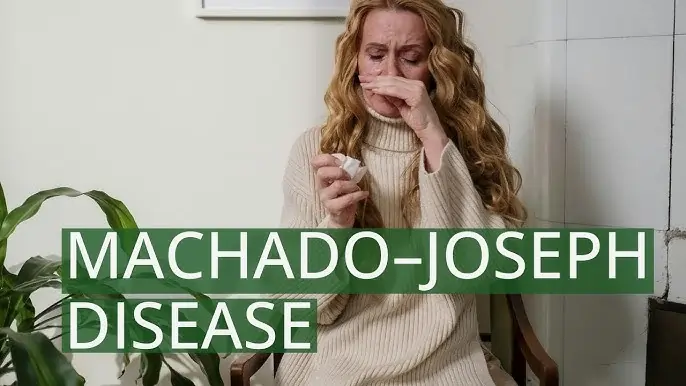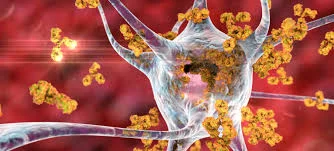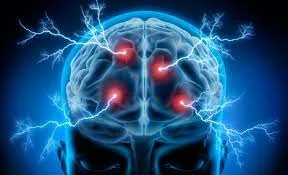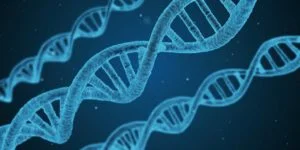Pseudobulbar Palsy
What is Pseudo-bulbar palsy? A disease known as pseudo bulbar palsy is caused on by an upper motor lesion resulting from a bilateral disruption of the corticobulbar pathways. Dysarthria, dysphagia, facial and tongue paralysis, and emotional instability are signs of pseudobulbar palsy. It manifests as the incapacity to regulate facial motions, such as speaking and…

